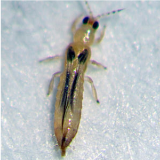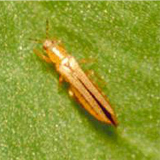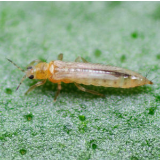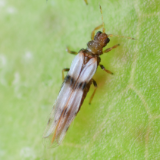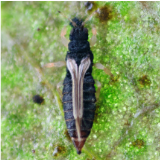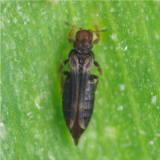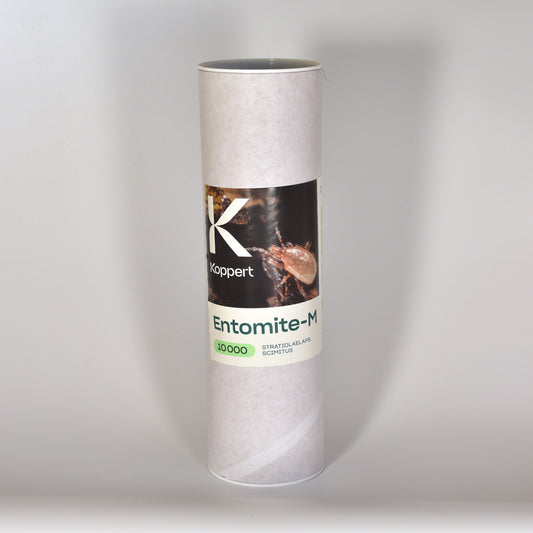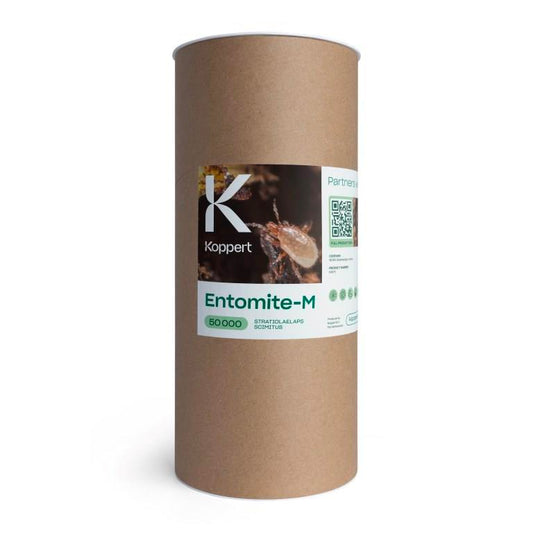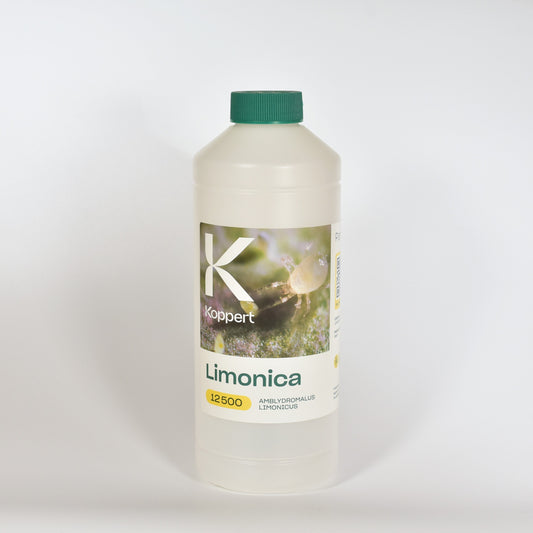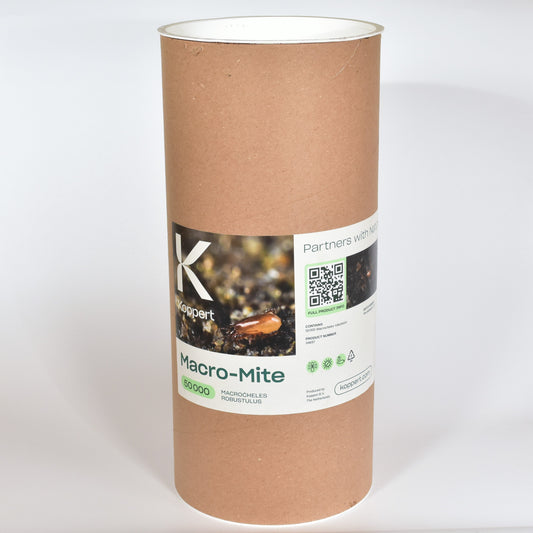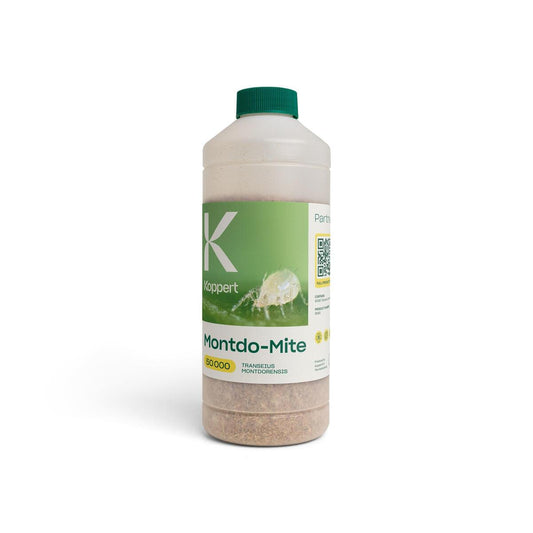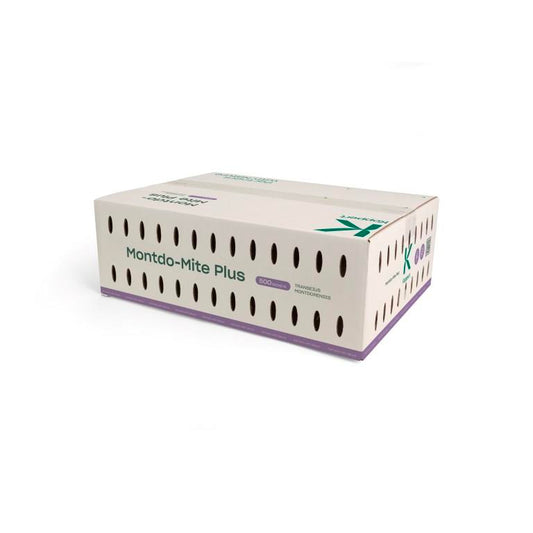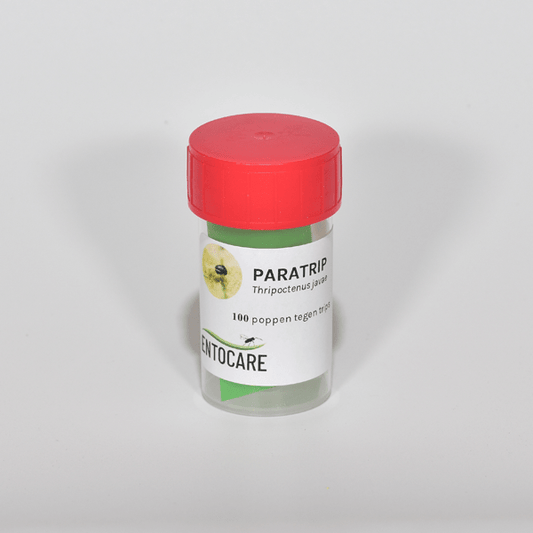
Common thrips species
How to recognize thrips
Thrips are the smallest winged insects, even though the wings are difficult to spot. With a microscope, the wings become visible and you can also see that they have a fringe at the end of the body. This is very characteristic for thrips.Thrips have a broad host range and can be found on both leaves and flowers. Some species of thrips pupate on or in the upper part of the soil. All thrips species lay eggs inside the leaf tissue. The young stages hatch from the eggs and move around the plant. Young stages are usually lightly colored, but adult thrips can differ a lot in color, ranging from light yellow to almost black. Most species are very mobile. Especially in summer, thrips populations can develop really quickly.
Thrips damage and distribution
Thrips species can be divided in roughly two groups: leaf-dwelling and flower-dwelling. The leaf-dwelling species feed mainly on plant saps and not on pollen, while flower-dwelling thrips feed from both plant saps and pollen. Thrips scratch the leaf surface to obtain plant saps and unlike many other insects they do not puncture the leaf. Thrips damage usually manifests as silver spots with black dots, which are the thrips feces. In flowers and flowerbuds thrips causes sucking damage, which can manifest either as spots or as deformations of plant tissue. Some thrips species transmit viruses, which makes them even more feared by growers.

Thrips damage


